National Art Museum of China - Eintrittskarten, Öffnungszeiten, Highlights und Tipps
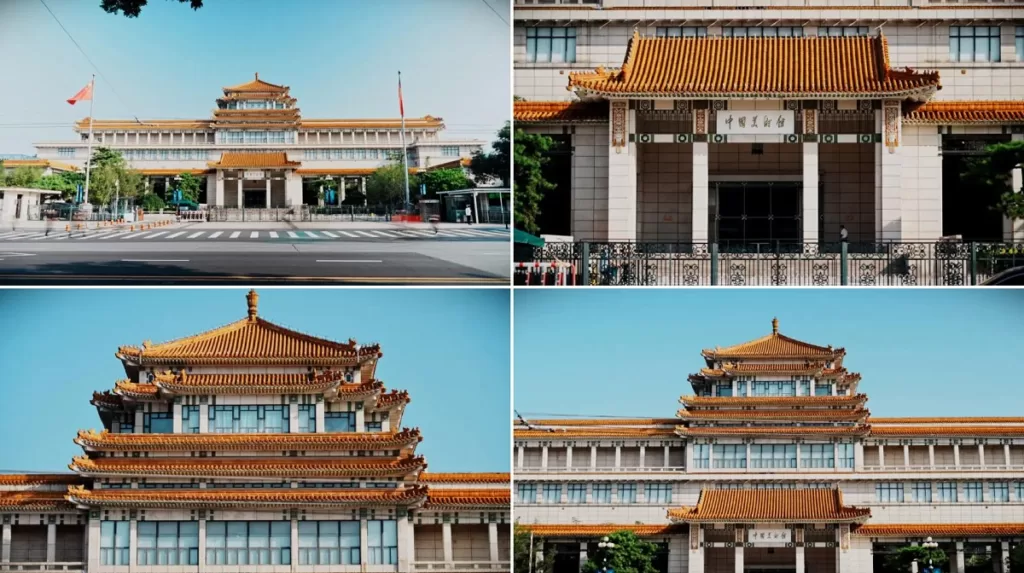

The National Art Museum of China (NAMOC, 中国美术馆) is the premier art museum in China, located in Beijing‘s Dongcheng District. It is one of the largest art museums in Asia, covering an area of more than 130,000 square meters. The museum was founded in 1958 and has since become a vital institution in the Chinese art world, showcasing traditional and contemporary art pieces from China and beyond.
NAMOC’s collection contains over 110,000 pieces, including paintings, sculptures, calligraphy, photography, and new media art. The museum’s collections span from ancient Chinese art to contemporary works, representing various regions, ethnicities, and art genres. The museum’s impressive architecture features both traditional Chinese and modern design elements, with a large central dome that serves as a symbol of its significance.
The National Art Museum of China is dedicated to promoting Chinese art and culture and building bridges between the global art community and China. In addition to its permanent collection, the museum hosts numerous temporary exhibitions, international art exchanges, and cultural events throughout the year. The museum also offers educational programs, workshops, and lectures on Chinese art and culture, making it a must-visit destination for anyone interested in Chinese art and history.
Inhaltsübersicht
- Grundlegende Informationen
- Standort und Transport
- Highlights of National Art Museum of China
- Vlog about National Art Museum of China
- Nützliche Tipps aus Rezensionen zusammengefasst
- Attractions near National Art Museum
Grundlegende Informationen
| Website | http://www.namoc.org/ |
| Geschätzte Dauer der Tour | 2 - 3 Stunden |
| Ticketpreis | Kostenlos |
| Die Öffnungszeiten | 9.00 - 17.00 Uhr; Letzter Einlass: 16.00 Uhr Montags geschlossen |
| Telefon Nummer | 0086-010-64001476 |
Standort und Transport
The National Art Museum of China (NAMOC) is located in the heart of Beijing, the capital city of China. Specifically, it is situated in the Dongcheng District, at No. 1 Wusi Ave. This location is just a stone’s throw away from Tiananmen Square, the Forbidden City, and other famous landmarks in the city. If you are planning to visit there, you can choose the following ways:
Bus:
- Take bus 111, get off at Art Museum Stop (美术馆站), and you will be standing right at the entrance of the museum.
- Take bus 2, 104, or 108, get off at Art Museum North (美术馆北站), and walk about 20 meters to the west to reach the east entrance of the museum.
U-Bahn: The nearest subway station to the museum is National Art Museum of China on line 8. After getting out of the station from Exit A, you will see the museum in front of you.
Highlights of National Art Museum of China
Ancient Chinese Art
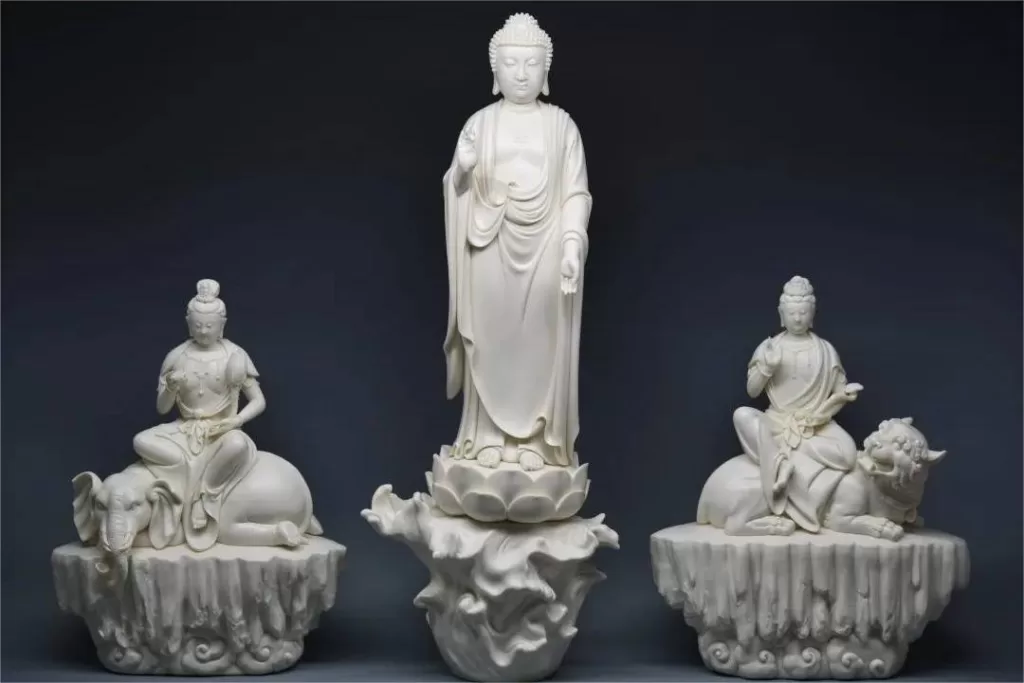
The National Art Museum of China (NAMOC) features an impressive collection of ancient Chinese art, showcasing the country’s rich cultural heritage. Among the highlights are bronzes from the Shang and Zhou dynasties, jade carvings from the Han dynasty, Buddhist sculptures from the Tang dynasty, and porcelain from the Ming and Qing dynasties. The collection includes a variety of mediums, including painting, sculpture, calligraphy, and pottery, and offers a glimpse into the aesthetics, beliefs, and traditions of ancient China.
Modern and Contemporary Art

The National Art Museum of China (NAMOC) also boasts an extensive collection of modern and contemporary Chinese art, showcasing the country’s artistic achievements from the 20th century to the present day. The collection includes works by some of the most renowned artists in China, such as Qi Baishi, Zhang Daqian, and Xu Beihong, as well as contemporary artists like Zhang Xiaogang and Liu Xiaodong. Visitors can appreciate a wide range of styles and mediums, from traditional ink paintings to cutting-edge new media art, reflecting the diversity and innovation of Chinese art today.
Calligraphy

The National Art Museum of China has one of the world’s most extensive collections of Chinese calligraphy, featuring works from various periods and regions. Calligraphy is considered a high art form in China, and the collection at NAMOC showcases the exquisite beauty and cultural significance of this ancient art. Visitors can admire masterpieces by legendary calligraphers such as Wang Xizhi, Yan Zhenqing, and Su Shi, as well as works by contemporary calligraphers. The collection showcases different styles, techniques, and scripts, and highlights the close relationship between calligraphy and Chinese culture, history, and philosophy.
New Media Art

The National Art Museum of China (NAMOC) is at the forefront of new media art in China, showcasing works that explore the intersection of technology, art, and culture. The collection features works by some of the most innovative artists in China, who use various digital and multimedia tools to create immersive and interactive installations, videos, and performances. Visitors can experience works that incorporate virtual reality, artificial intelligence, and other cutting-edge technologies, reflecting the rapid development and integration of technology in Chinese society.
Temporary Exhibitions
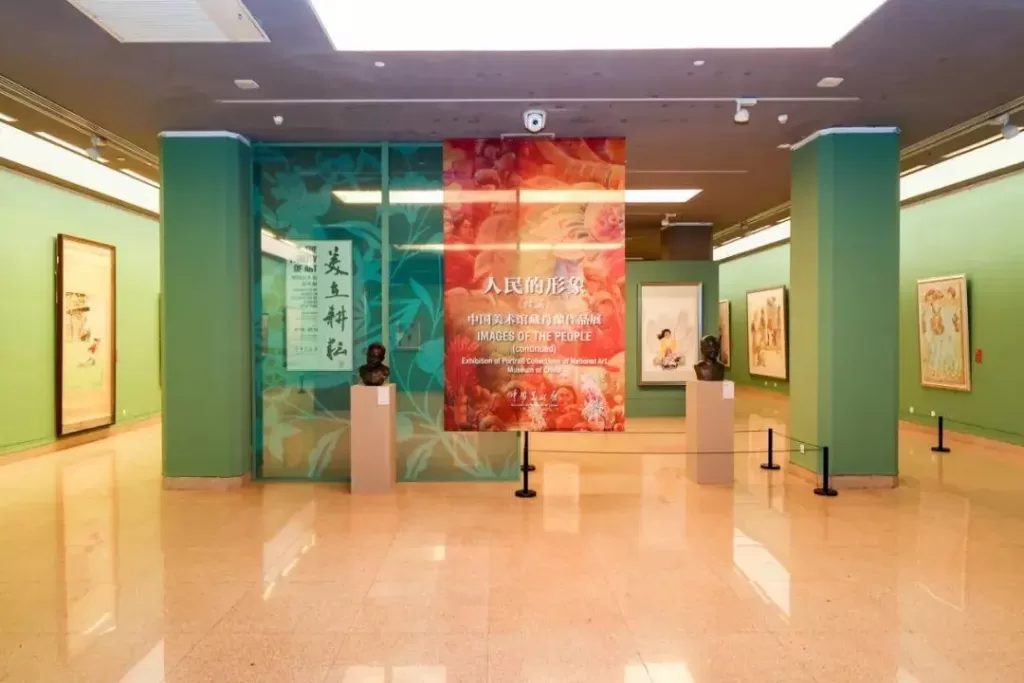
In addition to its permanent collection, the National Art Museum of China (NAMOC) hosts numerous temporary exhibitions throughout the year. These exhibitions offer visitors the opportunity to view a diverse range of art from China and around the world. They cover a broad range of topics and mediums, including painting, sculpture, photography, new media art, and more. Some of the past exhibitions at NAMOC have included retrospectives of well-known artists, showcases of emerging talents, and thematic exhibitions exploring social and cultural issues. The temporary exhibitions at NAMOC provide a dynamic and exciting addition to the museum’s offerings, ensuring that there is always something new and exciting to discover.
Vlog about National Art Museum of China
Nützliche Tipps aus Rezensionen zusammengefasst
Take the Elevator to the 6th Floor: It’s recommended to start your visit by taking the elevator to the 6th floor and then slowly making your way down. The 6th floor houses a treasure trove of exquisite artworks and is worth exploring thoroughly.
Avoid Crowds for a Better Experience: If you want to avoid crowds and have a more immersive experience, consider visiting the museum either right after it opens or during the last hour before closing.
Free Bag Storage: The museum provides free bag storage facilities, allowing you to explore the exhibitions without the burden of carrying your belongings.
No Charging Stations or Food Facilities: Be aware that the museum does not provide charging stations for electronic devices or sell water. Additionally, there are no onsite restaurants, so it’s advisable to bring your own water and snacks if needed.
Attractions near National Art Museum
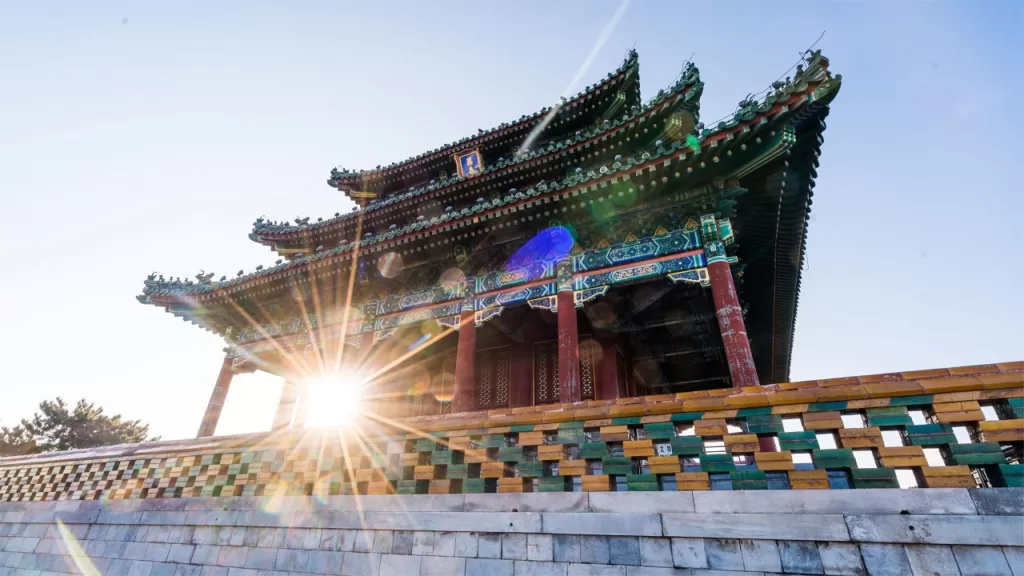
Jingshan-Park - der beste Ort, um die Verbotene Stadt zu überblicken

Nanluoguoxiang - eine Darstellung der Pekinger Hutongs
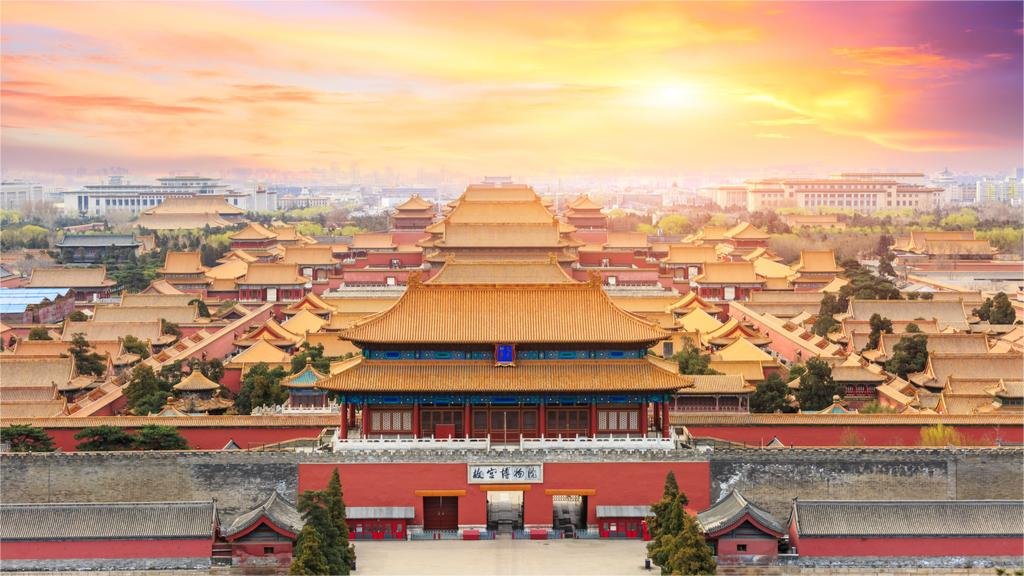
Verbotene Stadt - ehemalige Residenz der Kaiser